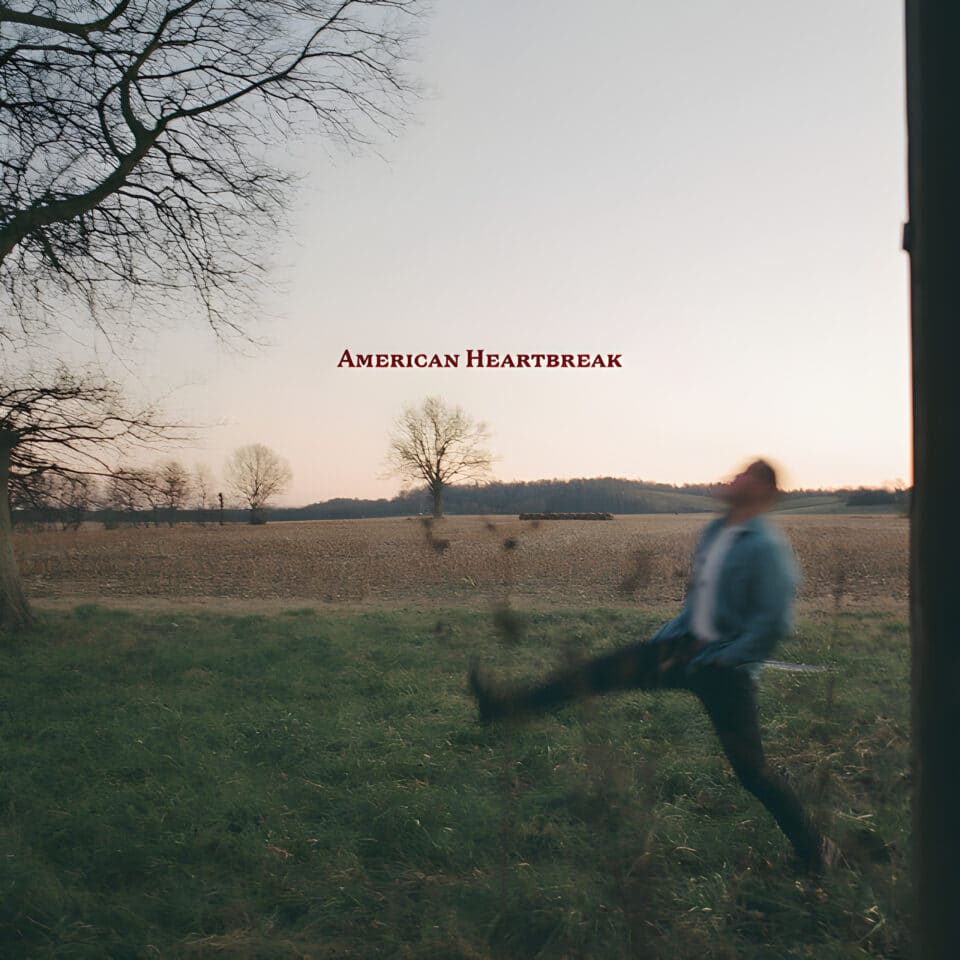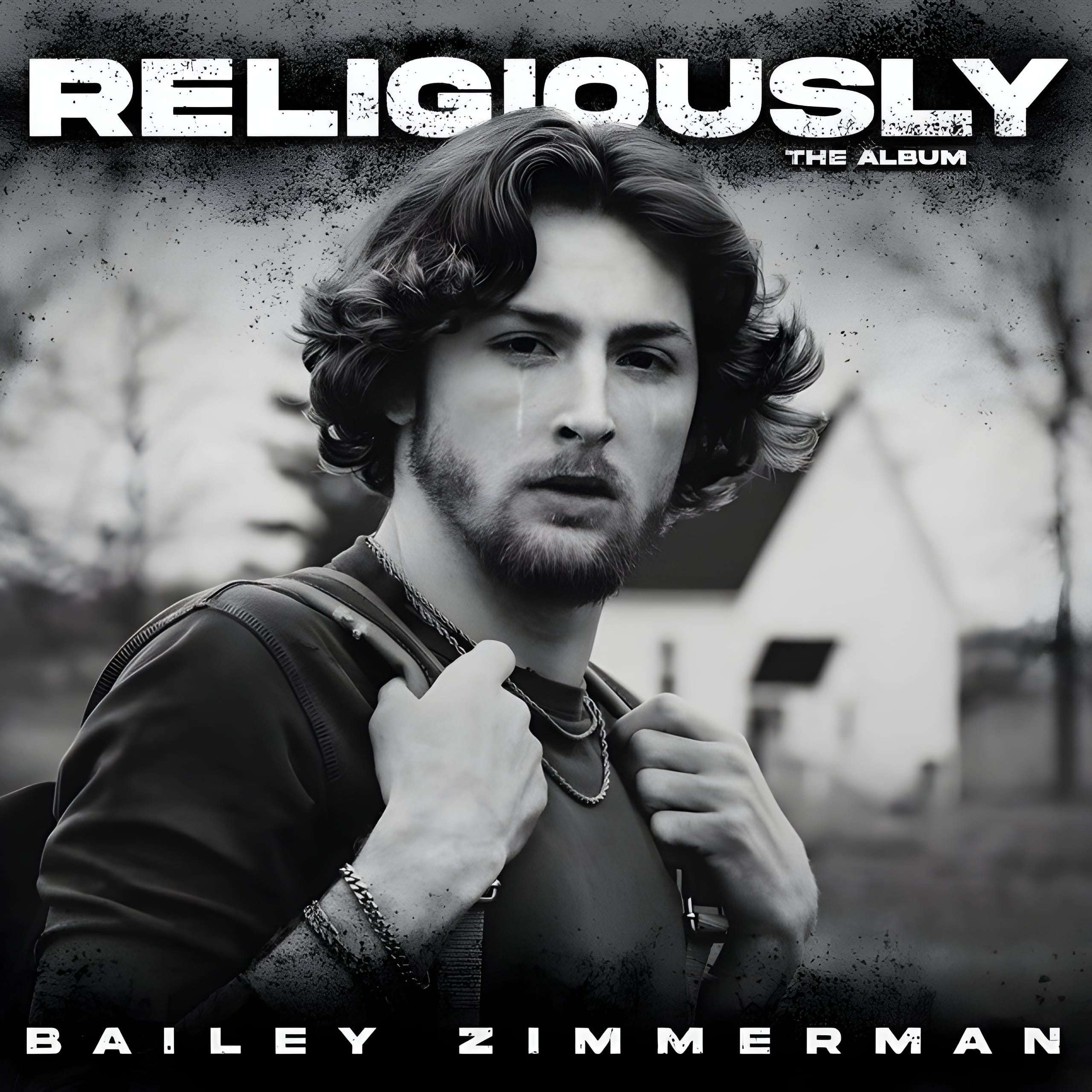Released: 1976
“Night Moves” by Bob Seger is a tribute to youth, freedom, and the rites of passage into adulthood, set against a backdrop of 1960s America. This classic rock anthem captures the essence of teenage restlessness and the exploration of love and life’s mysteries under the cover of darkness. Seger’s narrative is vivid, mapping out a journey filled with longing, discovery, and the inevitable passage of time.
The song begins with Seger painting a picture of his youthful self, “a little too tall, could’ve used a few pounds”, setting up an image of an awkward teenager ready to dive into the adventures of youth. The reference to “tight pants points” and a “black-haired beauty with big dark eyes” immediately throws us into the heart of teenage desire and physical attraction. These opening lines are drenched in the anticipation of young love and the physicality that often accompanies it.
The “back seat of my ’60 Chevy” becomes a symbol for the place where innocence begins to unravel, as Seger describes “workin’ on mysteries without any clues”. This clever phrase captures the uncertainty and experimental nature of youth, where everything feels like a mystery to be solved, especially the complexities of intimacy. When he talks about “Workin’ on our night moves”, it’s clear that Seger is encapsulating those moments of youthful experimentation, trying to make sense of emotions and desires against the backdrop of a societal drive-in culture that prized virility and romantic conquests.
As the song progresses, Seger reflects on the fleeting nature of this time, “We weren’t in love, oh no, far from it”. This line reveals a level of self-awareness, acknowledging that their connection was more about mutual desire for escape and experience rather than deep emotional love. Yet, there’s no regret in these memories; instead, there’s a celebration of the freedom and carelessness that characterized that period of his life. The mention of “livin’ by the sword” underscores a live-for-the-moment mentality, where every stolen moment is a victory against the mundanity of everyday life.
One of the most poignant moments in the song is the shift towards reflection with the lines, “I woke last night to the sound of thunder”. Here, Seger brilliantly weaves in the passing of time and the stark realization of its effects. The mention of humming a song from 1962 serves as a bridge back to the past, a reminder of how the moments and sensations of youth, so vivid and all-consuming at the time, fade into mere memories. The song concludes with a sense of nostalgia, hinting at the inevitable approach of autumn, a metaphor for aging and the closing of life’s chapters.
Ultimately, “Night Moves” is a masterful narrative that moves beyond mere reminiscing to explore the universal themes of growth, memory, and the bittersweet nature of adolescence. Seger doesn’t just tell us about his youthful escapades; he invites us to feel the electricity of those moments, the weight of their fleeting nature, and the lasting impact they have on the course of our lives. It’s a reminder that while the night moves may seem inconsequential in the grand scheme, they shape us in ways we can only appreciate as the autumn years draw near.








